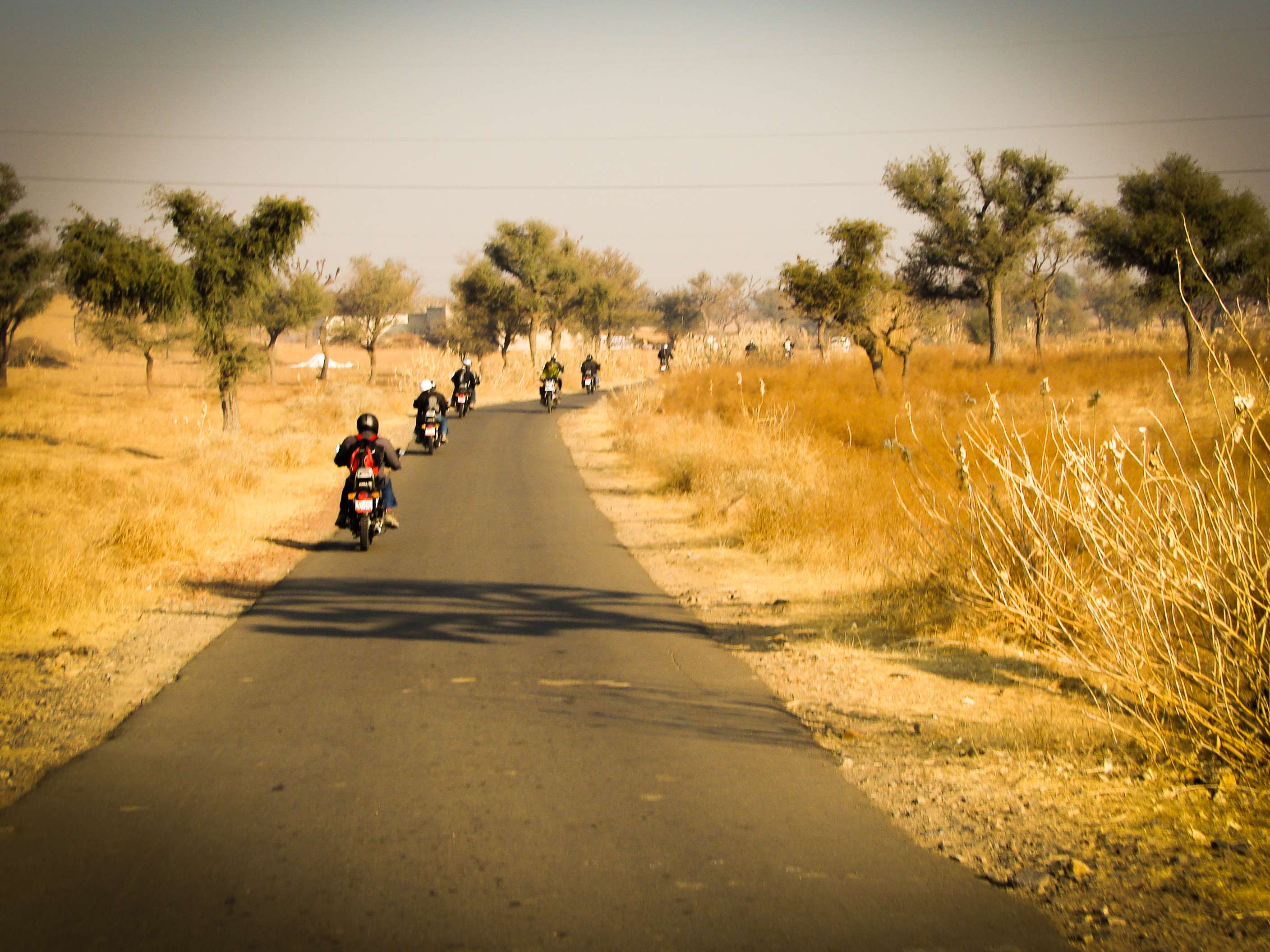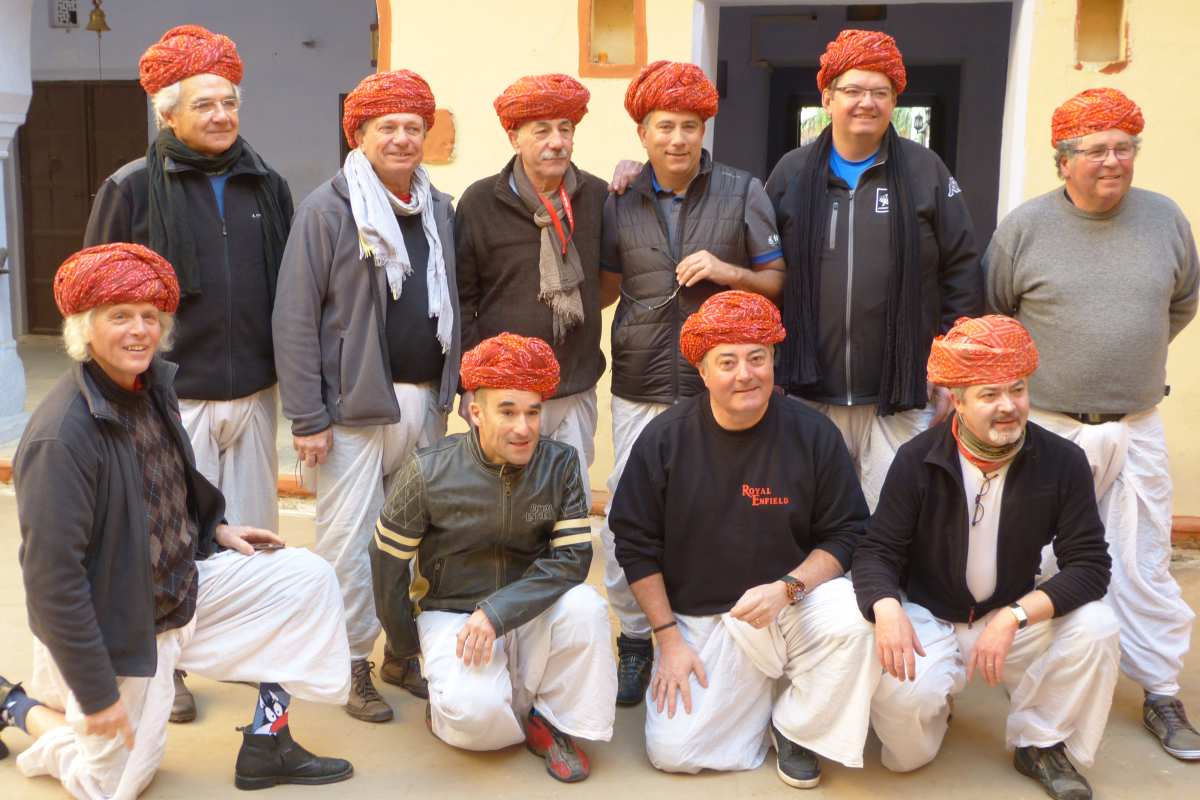Closer with Khajuraho
The temples at Khajuraho were built during the Chandella Dynasty, which reached its apogee between 950 and 1050. Only about 20 temples remain; they fall into three distinct groups and belong to two different religions – Hinduism and Jainism. They strike a perfect balance between architecture and sculpture. The Temple of Kandariya is decorated with a profusion of sculptures that are among the greatest masterpieces of Indian art.
A historic city widely acclaimed for its lovely temples, Khajuraho in the State of Madhya Pradesh is located in the woody planes of Bundelkhand region. One among the biggest tourist attractions in North India, the city has been rightly called as the symbol of the medieval heritage. The appealing temples of Khajuraho present a wonderful blend of architectural and sculptural sheerness, representing one of the preeminent examples of Indian art.
Temples at Khajuraho, India’s unique gift of love to the world, are famous for erotic stone carvings on the main walls. These may have been made to educate the youth. These carvings shows the greatness of Indian art and architecture. These are considered to be the pinnacle of love and passion.
Khajuraho Temples
The Khajuraho village surrounded by the mountains of Chatarpur district of Madhya Pradesh is 395 Km southeast of Agra. Today this village remains with 22 temples, which give us a glimpse of a golden time of art and devotion at their peak. Out of 22 temples, two were made from sandstone. The stone blocks were first carved and then the interlocking pieces were assembled to form a temple. Each temple is different from one another.
Western Group
These groups of temples are entirely Hindu, and constitute some of the finest examples of Chandela art at its peak. The largest being the Kandhariya Mahadev, followed by a granite temple – Chaunsath Yogini. The Chitragupta Temple is dedicated to the Sun God, while the Vishwanath Temple sports a three-headed image of Brahma – the Creator of the Universe. The Lakshmana Temple is superbly decorated, while the Devi Jagdambi Temple is dedicated to Goddess Kali. Other temples in the Western Group include the Varaha Temple with a nine-feet high boar-incarnation of Lord Vishnu, the Matangeshwara Temple with a eight-feet high lingam, and the Brahma Temple.
Eastern Group
This group comprises of two historic Jain temples – the Adinath Temple lavishly embellished with sculpted figures, and the Parsvanath Temple, the largest Jain temple, sculpted with charming detail. There are other shrines such as the Vamana Temple with apsaras in sensuous poses, and the Javari Temple that has a richly-carved doorway.
Southern Group
This group has two impressive temples, mainly belonging to the 12th century – the Chaturbhuja Temple, with a massive, carved image of Vishnu, and the Duladeo Temple, one of the last temples of the Chandela era, dedicated to Lord Shiva.





![[ VOYAGE MOTO AU GUJARAT]
Une expérience hors des sentiers battus à moto
📆 Prochain départ du 16 Dec 29 Dec 2024
🕧 Durée : 16 jours
Plus d'infos, ici 👉 https://rb.gy/y8fbpg
#IndianRides #Gujarat #offbeatTravel #Voyage #moto #AventureMoto #MotoInde #VoyageMoto #IndianEscape #IndianExperience #Inde #IndiaTravelgram #Travelling #Traveling #Traveladdict #voyageaventure #passionvoyage #voyagerloin #voyager](https://www.indianrides.com/motorcycle-tour-blog/wp-content/plugins/instagram-feed/img/placeholder.png)
